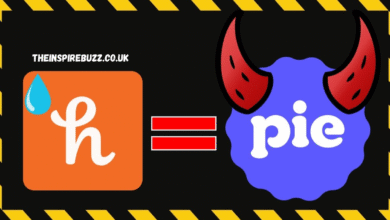Weymouth Beach Litter A Growing Challenge for Dorset’s Beloved Coastline
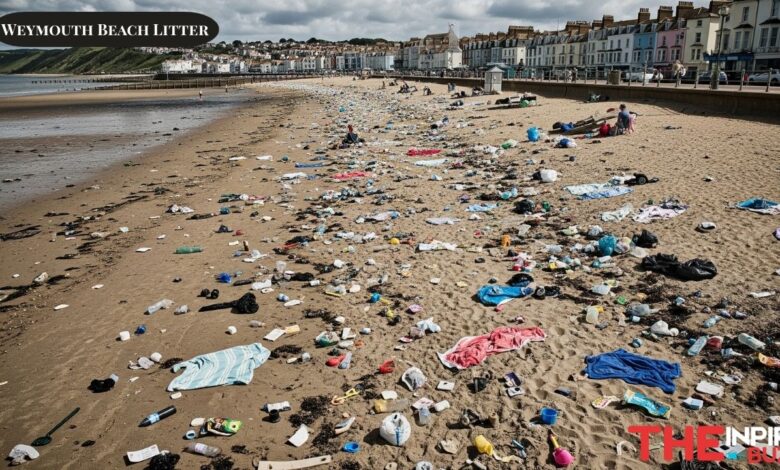
Introduction
Weymouth Beach stands as one of the United Kingdom’s most treasured coastal destinations, attracting millions of visitors each year to its golden sands and crystal-clear waters. This iconic Dorset beach has been a beloved holiday spot for generations, offering families the perfect blend of natural beauty and seaside charm. However, beneath the surface of this picturesque destination lies a growing environmental concern that threatens both its natural ecosystem and tourism appeal.
The issue of Weymouth beach litter has become increasingly prominent in recent years, reflecting a broader global crisis of marine pollution and plastic waste. From discarded food packaging to abandoned fishing equipment, the accumulation of debris along this stunning coastline presents challenges that extend far beyond mere aesthetics. The problem of Weymouth beach littering not only impacts the visual appeal of this cherished destination but also poses significant threats to marine wildlife, local ecosystems, and the economic vitality of the region.
Addressing this complex environmental challenge requires a comprehensive understanding of its sources, impacts, and the collaborative solutions needed to preserve Weymouth Beach for future generations. Through examining the current state of litter accumulation, identifying key contributing factors, and exploring innovative cleanup initiatives, communities can work together to protect this precious coastal resource.
Current State of Litter at Weymouth Beach
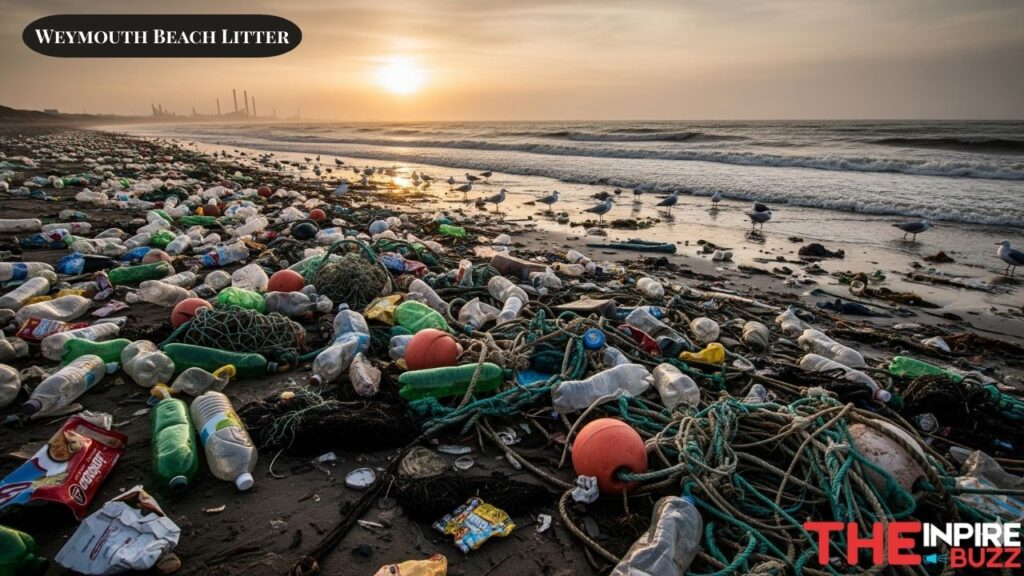
The present situation regarding Weymouth beach litter reveals a diverse array of waste materials that consistently wash ashore or are left behind by visitors. Beach surveys conducted throughout the year have identified several predominant types of debris that regularly appear along the coastline.
Types of Litter Commonly Found
Plastic bottles represent one of the most frequently encountered forms of Weymouth beach litter, with water bottles, soft drink containers, and various beverage packaging making up a significant portion of collected waste. Food packaging materials, including crisp packets, sandwich wrappers, and takeaway containers, also contribute substantially to the debris found along the shoreline.
Fishing-related equipment constitutes another major category, with discarded nets, lines, and tackle regularly washing up on Weymouth’s shores. These items, often referred to as “ghost gear,” can persist in the marine environment for decades, continuing to trap and harm wildlife long after they’ve been abandoned.
Cigarette butts, despite their small size, represent one of the most numerous forms of litter found during beach cleanups. These seemingly insignificant items contain toxic chemicals that can leach into the sand and water, creating long-lasting environmental impacts.
Seasonal Variations and Patterns
The accumulation of Weymouth beach litter demonstrates clear seasonal patterns that correspond with tourist activity and weather conditions. Summer months typically see increased debris levels due to higher visitor numbers, with weekends and bank holidays showing particularly noticeable spikes in litter accumulation.
Winter storms often redistribute accumulated waste, sometimes clearing certain areas while depositing large quantities of marine debris in others. These weather events can bring items from far offshore, including materials that may have originated from distant locations and traveled via ocean currents.
Sources and Causes
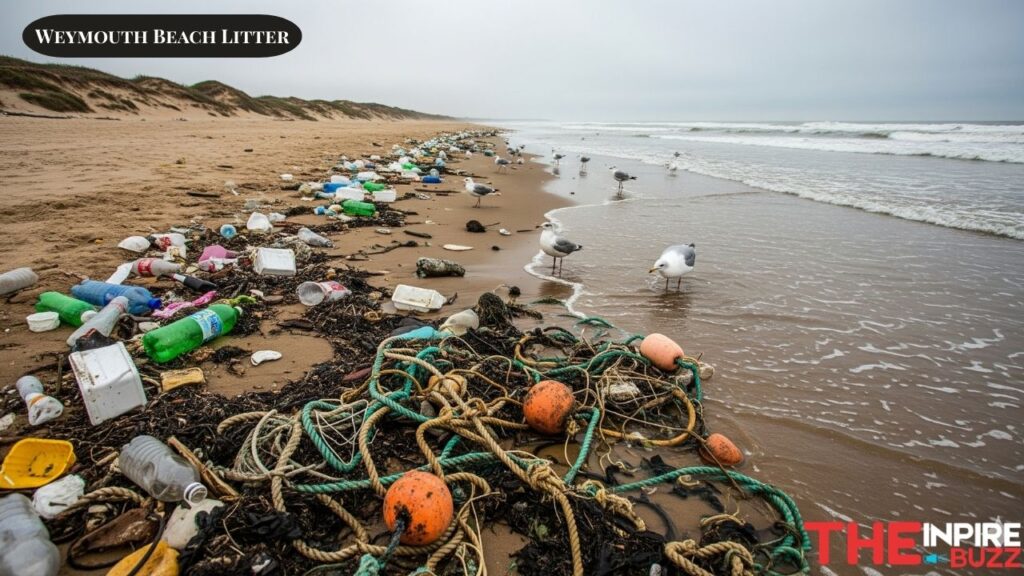
Understanding the origins of Weymouth beach littering requires examining both land-based and marine sources that contribute to the accumulation of debris along the coastline.
Land-Based Sources
Tourism and recreational activities represent the primary land-based contributor to Weymouth beach litter. The beach’s popularity naturally leads to increased foot traffic, and despite the presence of waste bins and cleaning facilities, some visitors unfortunately leave items behind or improperly dispose of their waste.
Poor waste management infrastructure in certain areas can exacerbate the problem, particularly during peak season when existing facilities may become overwhelmed by the volume of waste generated. Inadequate bin coverage, infrequent collection schedules, or damaged containers can all contribute to litter escaping into the environment.
Stormwater runoff and drainage systems also play a significant role, carrying debris from inland areas directly to the beach. Urban waste that enters storm drains can travel through the drainage network and eventually reach the coastal environment, adding to the Weymouth beach litter problem.
Marine-Based Sources
Commercial fishing activities contribute substantially to marine-derived litter, with equipment loss being a common occurrence in the busy waters surrounding Weymouth. Nets, ropes, and other fishing gear can become detached during operations and subsequently wash ashore.
Recreational boating activities also generate waste that may end up as Weymouth beach litter. Despite regulations governing waste disposal at sea, some materials inevitably find their way into the marine environment through accidental loss or improper disposal practices.
The English Channel’s heavy shipping traffic represents another significant source, with vessels potentially losing cargo or disposing of waste inappropriately. These large-scale maritime activities can contribute debris that travels considerable distances before reaching Weymouth’s shores.
Weather and Tidal Factors
Ocean currents and tidal movements play crucial roles in determining how and when debris reaches Weymouth Beach. Materials disposed of elsewhere along the coast or at sea can be transported by these natural forces, making Weymouth beach littering a regional rather than purely local issue.
Storm events significantly impact litter distribution patterns, often depositing large quantities of accumulated marine debris along the shoreline. These weather systems can move materials that have been circulating in offshore waters for extended periods, bringing them to the beach in concentrated amounts.
Environmental and Economic Impacts
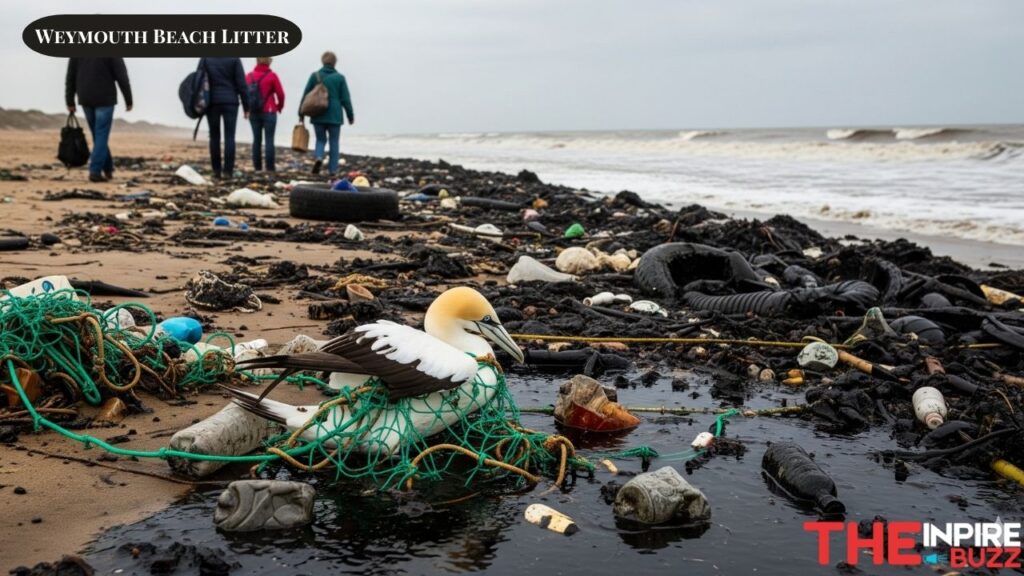
The consequences of Weymouth beach litter extend far beyond visual pollution, creating significant environmental and economic challenges that affect the entire coastal ecosystem and local community.
Marine Ecosystem Effects
Local wildlife faces numerous threats from beach litter, with seabirds being particularly vulnerable to ingestion of plastic fragments and entanglement in discarded fishing equipment. Species such as gulls, terns, and other coastal birds often mistake small plastic items for food, leading to internal injuries, malnutrition, and potentially fatal blockages.
Marine mammals, including seals and dolphins occasionally spotted near Weymouth, can become entangled in larger debris items or suffer injuries from sharp objects. The presence of Weymouth beach litter in their habitat poses ongoing risks to these protected species and the broader marine ecosystem.
Microplastic contamination represents a growing concern, with larger plastic items gradually breaking down into microscopic fragments that enter the marine food chain. These particles can accumulate in the tissues of marine organisms, potentially affecting their health and reproduction while also raising concerns about food safety for human consumption.
The physical presence of litter can also degrade important coastal habitats, affecting nesting sites for birds and disrupting the natural processes that maintain beach ecosystem health. Sand dune vegetation and rocky shore communities can suffer from the accumulation of debris, altering the natural balance of these sensitive environments.
Economic Consequences
The tourism industry, which forms the backbone of Weymouth’s economy, faces direct impacts from Weymouth beach littering. Visitors may choose alternative destinations if they perceive the beach as polluted or unattractive, leading to reduced visitor numbers and associated revenue losses for local businesses.
Beach cleaning and maintenance costs represent a significant ongoing expense for local authorities, with resources that could be used for other community improvements instead being diverted to litter removal and prevention efforts. These costs include not only regular cleaning operations but also specialized equipment and staff training required for effective waste management.
The local fishing industry also experiences economic impacts, with Weymouth beach litter potentially affecting fish populations and fishing operations. Damaged equipment caused by marine debris can result in costly repairs and reduced fishing efficiency, impacting the livelihoods of local fishing families.
Current Cleanup Efforts and Initiatives
Addressing the challenge of Weymouth beach litter requires coordinated efforts from multiple stakeholders, including local government, community organizations, and individual volunteers committed to protecting this valuable coastal resource.
Local Council Programs
Dorset Council maintains regular beach cleaning programs that work year-round to address Weymouth beach littering through systematic removal operations and preventive measures. These programs involve specialized cleaning equipment and trained staff who understand the unique challenges of coastal waste management.
The council has also implemented improved waste infrastructure, including strategically placed bins, clear signage about proper disposal practices, and educational materials that help visitors understand their role in preventing litter accumulation.
Community Involvement
Volunteer organizations play a crucial role in supplementing official cleanup efforts, with local groups regularly organizing beach cleaning events that bring together residents and visitors in collaborative conservation efforts. These grassroots initiatives often achieve remarkable results while fostering community awareness about the Weymouth beach litter problem.
School involvement programs have proven particularly effective in educating young people about environmental responsibility while providing hands-on experience in conservation activities. Students participate in beach surveys, cleanup operations, and educational projects that help them understand the long-term consequences of littering.
Annual cleanup campaigns typically generate significant community participation and media attention, raising awareness about Weymouth beach littering while achieving measurable improvements in beach cleanliness. These events often coincide with national environmental awareness days and attract participants from across the region.
Innovative Solutions and Best Practices
Combating Weymouth beach litter requires innovative approaches that go beyond traditional cleanup methods to address root causes and prevent waste accumulation at its source.
Technology-Based Monitoring
Advanced monitoring systems now enable more effective tracking of litter accumulation patterns and identification of problem areas requiring focused attention. These technologies can help optimize cleaning schedules and resource allocation while providing data to support policy decisions.
Mobile applications and online reporting systems allow community members to report instances of Weymouth beach littering in real-time, enabling rapid response and creating detailed databases of litter hotspots and trends.
Infrastructure Improvements
Enhanced waste management infrastructure includes not only additional bins and collection points but also improved designs that resist wind and animal interference while making proper disposal more convenient for beach users.
Recycling facilities specifically designed for beach environments help divert reusable materials from the waste stream while educating visitors about sustainable practices and the importance of reducing Weymouth beach litter.
Educational Programs
Targeted educational initiatives focus on both tourists and local residents, providing information about the environmental impacts of littering and practical steps individuals can take to minimize their environmental footprint during beach visits.
Collaboration with local businesses and the hospitality sector has led to initiatives that reduce single-use packaging and promote reusable alternatives, addressing some of the primary sources of Weymouth beach littering at their point of origin.
Future Challenges and Opportunities
The ongoing effort to address Weymouth beach litter faces several emerging challenges while also presenting new opportunities for innovative solutions and community engagement.
Climate change and increasingly frequent severe weather events may exacerbate litter distribution patterns, potentially bringing larger quantities of marine debris ashore during storm events. Adaptation strategies must account for these changing conditions while maintaining effective prevention and cleanup capabilities.
Growing tourism numbers, particularly as travel patterns continue evolving, present both challenges and opportunities for addressing Weymouth beach littering. Increased visitor numbers may generate more waste, but they also provide opportunities for education and engagement with a broader audience about environmental responsibility.
New legislation and policy developments at national and international levels offer potential frameworks for addressing marine litter more comprehensively, including initiatives targeting single-use plastics and extended producer responsibility programs.
Long-term sustainability goals require balancing economic development with environmental protection, ensuring that efforts to address Weymouth beach litter align with broader objectives for coastal conservation and sustainable tourism.
Call to Action
Every individual has a role to play in addressing Weymouth beach littering and protecting this cherished coastal environment for future generations. Simple actions such as properly disposing of waste, participating in cleanup events, and choosing reusable alternatives to single-use items can collectively make a significant difference.
Supporting local cleanup initiatives through volunteering, donations, or simply spreading awareness helps strengthen community efforts to combat Weymouth beach litter. Many organizations welcome new participants regardless of experience level and provide all necessary equipment and training.
Practicing responsible tourism involves not only avoiding littering but also choosing businesses that demonstrate environmental responsibility and supporting initiatives that promote sustainable coastal management practices.
Conclusion
The challenge of Weymouth beach litter represents a complex environmental issue that requires sustained effort, community collaboration, and innovative solutions to address effectively. Through understanding the sources and impacts of beach debris, supporting cleanup initiatives, and making conscious choices about waste reduction, communities can work together to protect this precious coastal resource.
The beauty and ecological value of Weymouth Beach depend on collective responsibility and ongoing commitment to environmental stewardship. By addressing Weymouth beach littering through comprehensive prevention, cleanup, and education efforts, this beloved destination can continue to provide enjoyment and natural wonder for countless future visitors while maintaining its vital role in the marine ecosystem.
Success in combating beach litter requires recognition that this challenge extends beyond individual actions to encompass broader systems of waste management, policy development, and community engagement. Through sustained effort and collaborative solutions, Weymouth Beach can serve as a model for coastal conservation while preserving its status as one of Britain’s most treasured seaside destinations.
Also Read: Understanding ểmgency Your Complete Guide to Emergency Preparedness and Response
